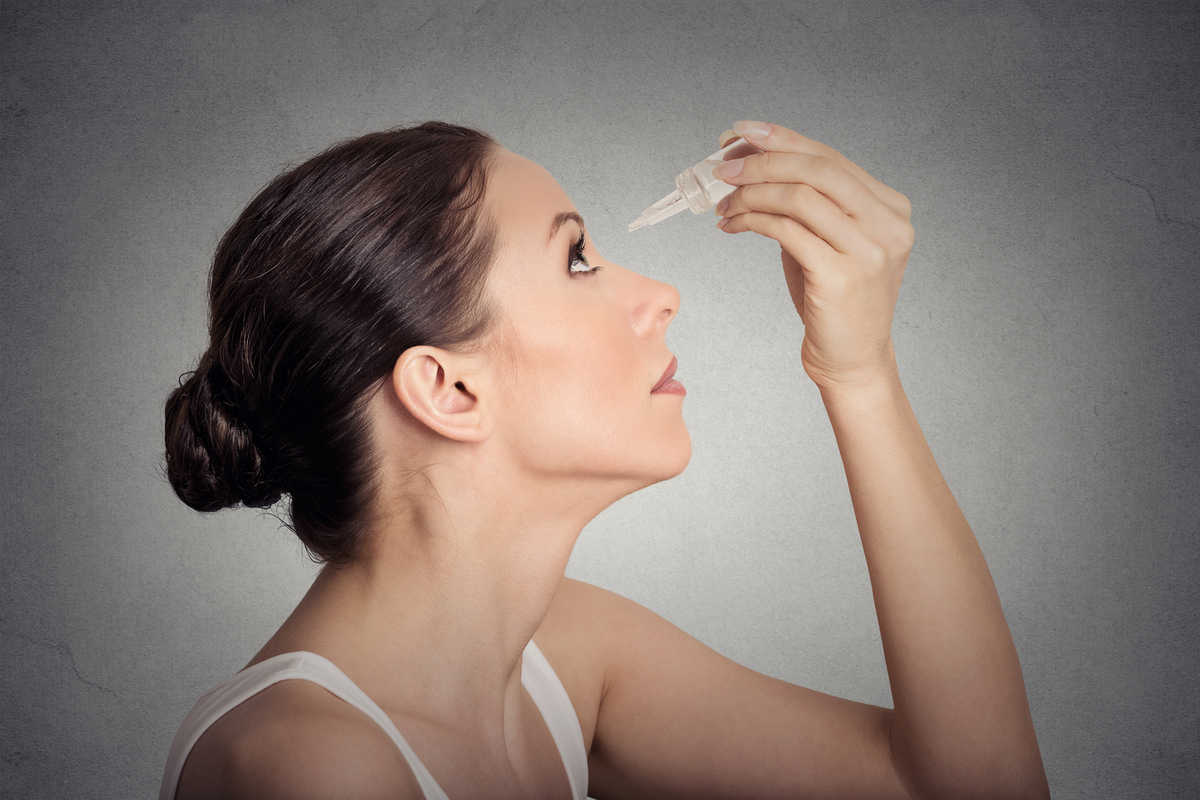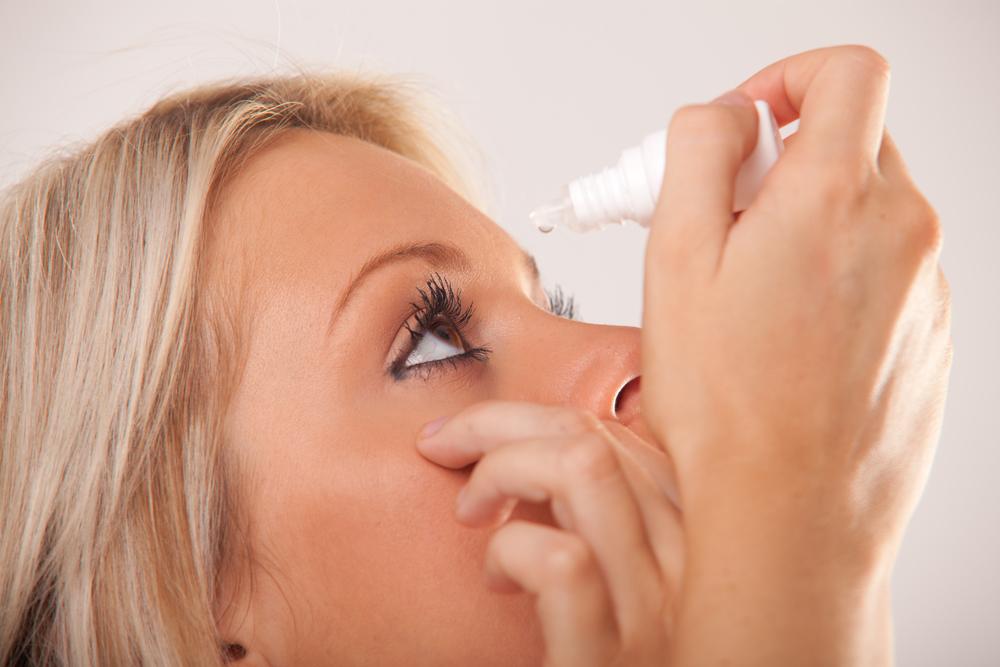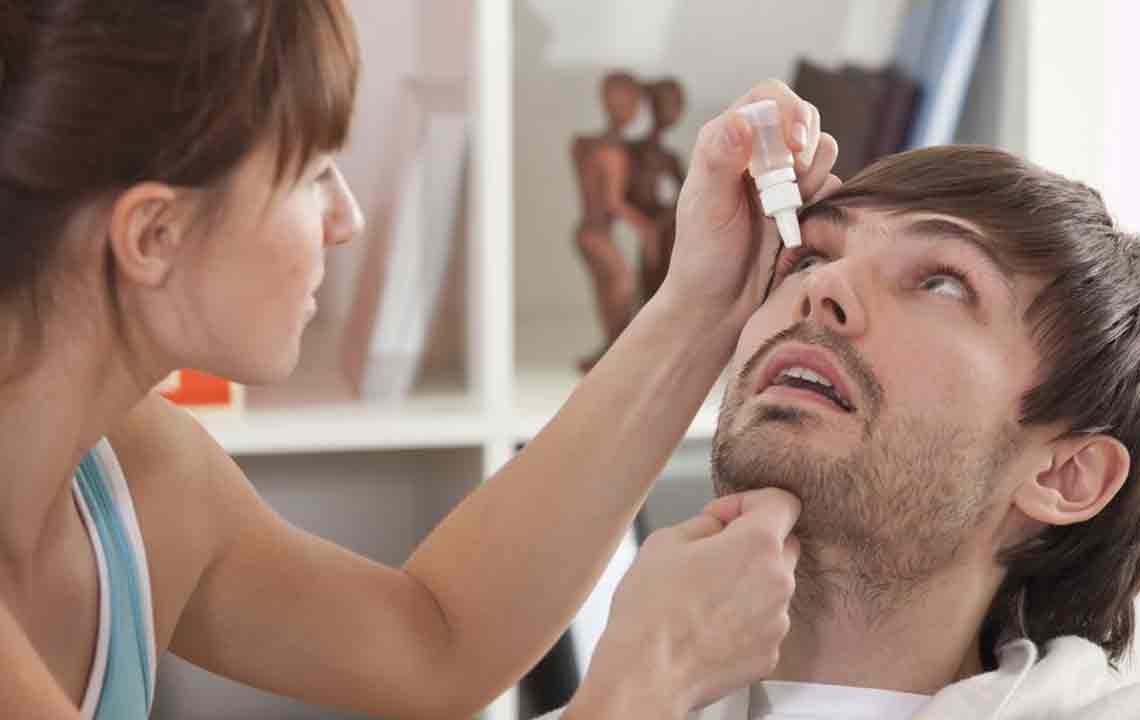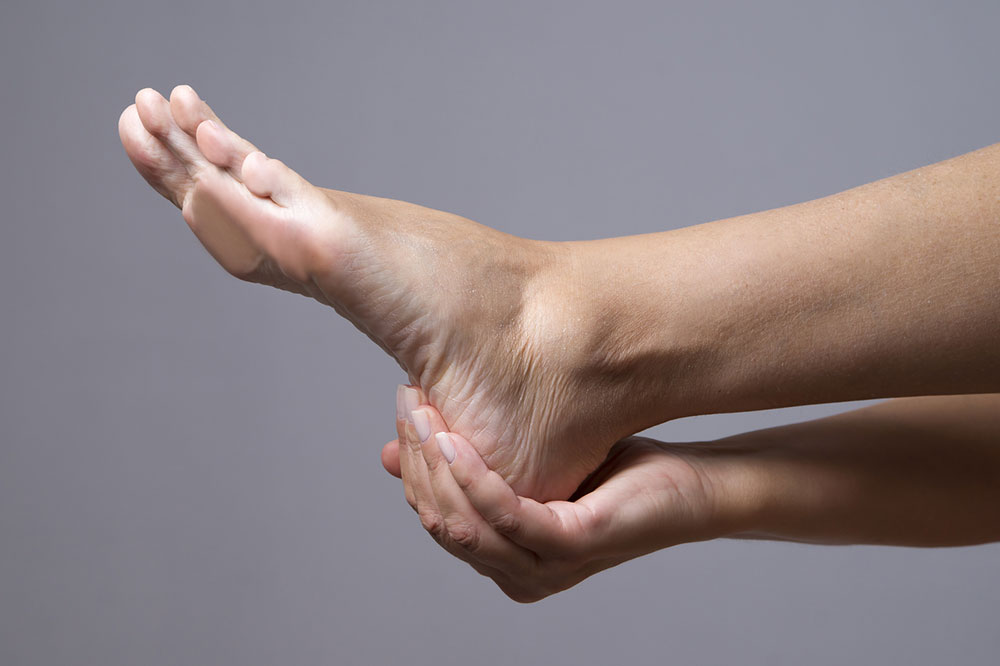Understanding Dry Eye Syndrome: Causes, Symptoms, and Treatment Options
Dry eye syndrome affects many and results from inadequate tear production or rapid evaporation. Recognizing symptoms such as irritation and redness, along with understanding causes like aging and environmental factors, is vital. Management includes lifestyle changes, eye hygiene, artificial tears, and advanced treatments. Preventative measures like avoiding wind and screen overuse can reduce risks. Regular eye exams and holistic care are key to long-term eye health and symptom relief.
Sponsored

Dry eye syndrome affects millions globally, resulting from insufficient tear production or rapid tear evaporation. Recognizing its causes, symptoms, and how to manage it is key to maintaining healthy eyes and improving quality of life.
What is Dry Eye?
This condition occurs when the eyes fail to produce enough tears, or the tears evaporate too quickly, leading to dryness and discomfort. Tears are vital for nourishing, protecting, and lubricating the eyes.
Factors Contributing to Dry Eyes
Multiple elements can cause dry eyes, including environmental conditions, health issues, and lifestyle habits.
Age: Tear production diminishes with age, especially after 50.
Hormonal Fluctuations: Pregnancy, menopause, and contraceptives can influence tear levels.
Environmental Exposure: Wind, smoke, and dry air speed up tear evaporation.
Extended Screen Use: Prolonged use of digital devices decreases blinking, causing dryness.
Health Conditions: Conditions like diabetes and autoimmune disorders impact tear production.
Contact Lens Wear: Long-term use can disrupt tear films.
Medications: Drugs like antihistamines and antidepressants may reduce tear secretion.
Eye Surgeries: Procedures such as LASIK can temporarily affect tear quality.
Recognizing Symptoms
Key signs include:
Eye Irritation: A gritty or sandy sensation.
Redness: Visible eye redness.
Blurry Vision: Difficulties focusing due to inconsistent tears.
Light Sensitivity: Discomfort in bright environments.
Excessive Tearing: Reflex tears to compensate for dryness.
Contact Lens Discomfort: Irritation while wearing lenses.
Diagnosis Methods
Doctors use several tests for diagnosis:
Tear Film Break-Up Time: Measures tear film stability.
Schirmer’s Test: Assesses tear production with strips under eyelids.
Slit-Lamp Exam: Examines ocular surface and tear film integrity.
Staining Tests: Detects dry patches using dyes like fluorescein.
Effective Management Strategies
Managing dry eyes involves addressing causes and alleviating discomfort through:
Environmental Changes:
Using humidifiers in dry rooms.
Taking regular breaks during screen work.
Wearing protective glasses against wind and dry air.
Lifestyle Adjustments:
Practicing conscious blinking routines.
Maintaining adequate hydration.
Eating foods rich in omega-3 fatty acids, like fish and seeds.
Eye Hygiene:
Applying warm compresses to stimulate oil glands.
Cleaning eyelids gently to remove debris.
Artificial Tears: Using lubricating eye drops to relieve dryness, choosing preservative-free options.
Special Treatments:
Inserting punctal plugs to reduce tear drainage.
Thermal pulsation therapy to unblock eyelid oil glands.
Preventative Tips
While complete prevention isn't always feasible, these tips can lower risk:
Avoid exposure to smoke and wind.
Limit screen time and take frequent breaks.
Wear sunglasses in windy or dry conditions.
Follow a balanced diet loaded with eye-supporting nutrients.
Understanding dry eye syndrome and adopting appropriate care routines can improve comfort and eye health. Regular check-ups and proactive management are crucial for maintaining eye wellness.
References
American Academy of Ophthalmology
National Eye Institute
Dry Eye Syndrome Resources






